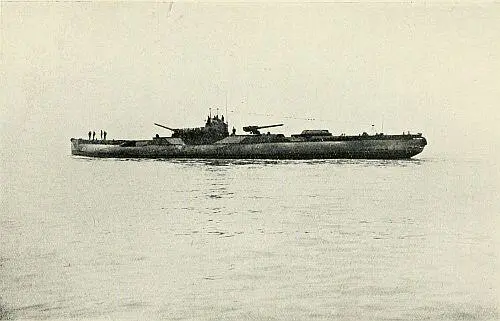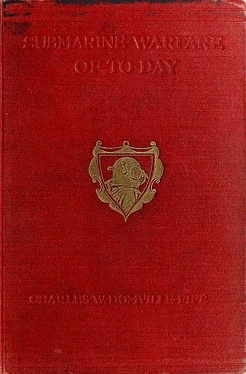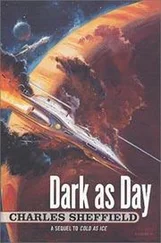Naval Personnel ( Numbers Voted )
| Year |
Name of War |
Before the War |
Maximum during War |
After the Peace |
| 1689 |
League of Augsberg |
7,040 |
— |
— |
| 1697 |
— |
40,000 |
— |
| 1700 |
— |
— |
7,000 |
| 1700 |
Spanish Succession |
7,000 |
— |
— |
| 1712 |
— |
40,000 |
— |
| 1713 |
— |
— |
10,000 |
| 1738 |
Austrian Succession |
10,000 |
— |
— |
| 1748 |
— |
40,000 |
— |
| 1759 |
— |
— |
10,000 |
| 1754 |
Seven Years’ War |
10,000 |
— |
— |
| 1762 |
— |
70,000 |
— |
| 1764 |
— |
— |
16,000 |
| 1775 |
American Independence |
18,000 |
— |
— |
| 1783 |
— |
110,000 |
— |
| 1785 |
— |
— |
18,000 |
| 1793 |
French Revolution |
16,000 |
— |
— |
| 1801 |
— |
135,000 |
— |
| 1803 |
— |
— |
50,000 |
| 1803 |
Napoleonic War |
50,000 |
— |
— |
| 1812 |
— |
145,000 |
— |
| 1817 |
— |
— |
19,000 |
| 1853 |
Russian War |
45,500 |
— |
— |
| 1856 |
— |
76,000 |
— |
| 1857 |
— |
— |
53,000 |
| 1914 |
The Present War |
146,000 |
— |
— |
| 1918 |
— |
450,000 |
— |
“It appears at once from these figures that the naval expansion during earlier wars was in most cases much greater proportionately than it has been in this. Roughly the personnel in this war has been multiplied by three; in earlier wars it was increased six, seven, eight, or even nine fold, if we take the difference between the figures for 1792 and 1812.
“It is a common error to suppose that our ships in the old wars were manned entirely by seamen. A knowledge of how the men were raised shows that this cannot have been so; and confirmation can be had from a very brief study of ships’ muster books. Only about a third of the crew of a line-of-battle ship were, in the seaman’s phrase, ‘prime seamen.’ The rest were either only partly trained or were frankly not sailor men. The Victory at Trafalgar was not an ill-manned ship—here is an analysis of her crew: officers, commissioned and warrant, 28; petty officers, including marines, 63; able seamen, 213; ordinary seamen and boys, 225; landsmen, 86; marines, 137; artificers, 18; quarter gunners, 12; supernumeraries and domestics, 37.
“During the whole of our naval history down to 1815 it was the invariable rule that in peace time the battle fleets were laid up unmanned, and only enough ships were kept in commission to ‘show the flag’ and to police the sea. This accounts for the very large increase of the naval personnel which immediately became necessary when there was a threat of war; and it accounts also for the difficulty which was always experienced in raising the men. This difficulty was even greater than we are apt to suppose, for the Merchant Service has never been able to give the navy more than a fraction of the total number of men needed, and the machinery for raising extra men has, until this war, always been of a most primitive nature.
“When war came the ships were commissioned, without crews. This could be done because from the latter part of the seventeenth century there was a permanent force of officers. Then the officers had to find their own crews. They began by drawing their proportion of marines, and then proceeded to invite seamen to volunteer. In this way they got a number of skilled seamen, men who had been in the navy before, and came back to it either as petty officers or in the hope of becoming so. Then warrants to impress seamen would be issued. Theoretically the impress was merely a form of conscription, the Crown claiming by prerogative the right to the services of its seafaring subjects. Practically a good deal of violence was at times necessary, as many of the men, preferring to sail in merchant ships, or wishing to wait for a proclamation of bounty, tried to avoid arrest. The scuffles that took place on these occasions gave the impress service a bad name, not altogether deserved, for real efforts were made to avoid hardship, and in any case the number of men raised in this way was greatly exaggerated by popular report.”
There was no compulsion during the Great War to join any unit of the British fleet. Therefore all were either in the regular service, reservists or volunteers. The need was made known not only throughout the British Isles, but also from Vancouver to Cape Town, Sydney and Wellington, and men in all walks of life, but with either the Wander-Lust or true love of the wide open sea in their blood, rallied from all parts of the far-flung Empire to the call of the White Ensign.
In order to obtain some 6000 officers and nearly 200,000 trained or semi-trained men, new sources of supply had to be tapped. Already the great battle fleets, brought up to full war strength and with adequate reserves, had absorbed nearly all the Reserve officers who could be spared from the food and troop transports. 2 2 The personnel of the new navy consisted of R.N., R.N.R. and R.N.V.R. officers. The former came mostly from the retired list. The R.N.R. needed training only in such subjects as gunnery, tactics, etc. The training of the R.N.V.R. is here described.

British Official Photograph
A Large and Heavily armed German Submarine of the Cruiser Type
First came the great sea-training establishment of the Empire—the Mercantile Marine and its retired officers and men—already heavily depleted. Then the yacht clubs from the Fraser to the Thames and Clyde. Thousands of professionals and amateurs came overseas to the training cruisers and the “naval university,” Canada alone supplying several hundred officers.
Doctors came from the hospitals and from lucrative private practices. The engineering professions and trades supplied the technical staffs and skilled mechanics. The great banks and city offices yielded the accountants, and the fishing and pleasure-boating communities, not only of Great Britain, but also of the Dominions and Colonies, yielded the men in tens of thousands. In this way the personnel of the new navy was completed in a very few months.
Before passing on to describe, in the detail of personal acquaintance, the severe training of this naval force, a general knowledge of its heterogeneous character is necessary to enable the reader to understand this great assemblage of the sons of the Empire.
In the smoke-filled wardroom and gunroom of the training cruiser, H.M.S. Hermione one windy March evening in 1916 there were some eighty officers of the auxiliary fleet, and of this number one hailed from distant Rhodesia, where he was the owner of thousands of acres of land and a goodly herd of cattle, but who, some time in the past, had rounded the Horn in a wind-jammer and taken sights in the “Roaring Forties.” Another was a seascape painter of renown both in England and the United States. A third was a member of a Pacific coast yacht club. A fourth was the son of an Irish peer, the owner of a steam yacht. Then came a London journalist, a barrister, a solicitor and a New Zealand yachtsman, while sitting at the table was a famous traveller and a pukka commander.
Читать дальше













